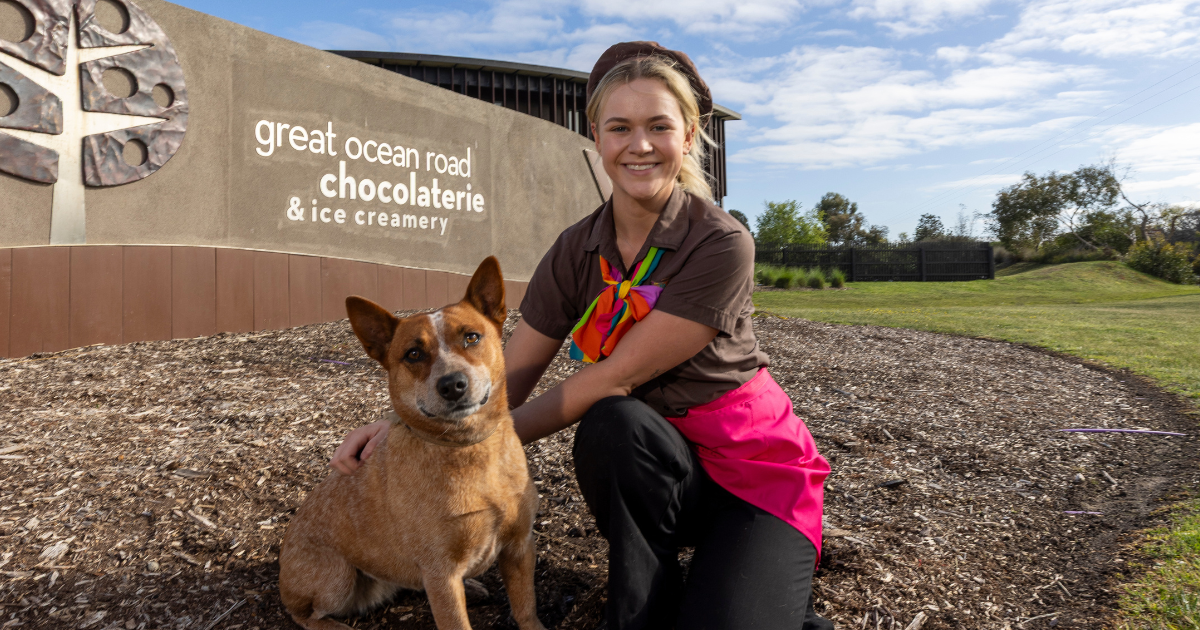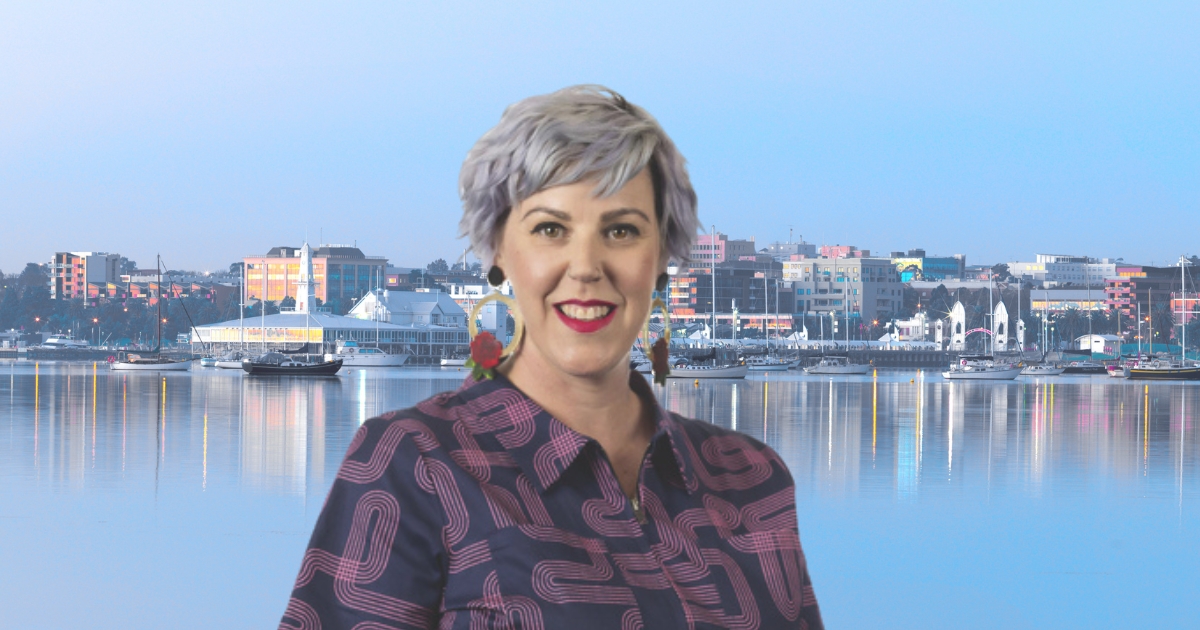Toxic sea foam prompts urgent call to action

A new study reveals PFAS and other toxic "forever chemicals" are contaminating sea foam. Photo: MATT PAUL CATALANO
MORE than 50 respected Australian academics and leaders have called on environment minister Tanya Plibersek to take a bold leadership stance on water recycling.
The urgent call follows growing concerns over a new study that reveals PFAS and other toxic “forever chemicals” are contaminating sea foam.
Researchers from Stockholm University presented evidence that challenged previous beliefs that these chemicals are safely diluted in the oceans.
“They are essentially everywhere,” Matt Salter, scientist at the Department of Environmental Science at Stockholm University, said.

“They will be in this room in numerous forms.”
PFAS, or Per- and Polyfluorinated Substances, are notorious for their stability and tendency to accumulate in the environment and living organisms.
Despite some bans, their presence in various consumer products and industrial applications remains a significant issue.
Clean Ocean Foundation chief executive John Gemmill said tackling PFAS was one of the many benefits of well-implemented water recycling strategies.
“There is strong evidence that done well, water recycling that produces purified recycled water, has the potential to profoundly reduce ocean pollution and economically augment water supplies,” he said.
The letter calls for the appointment of an ambassador for water recycling to champion and promote purified recycled water within Australia.

It also calls for the federal EPA to adopt emission targets for all outfalls in line with those adopted by the European Union by 2035 and implementing a cap on all pollutant discharges for existing outfalls and prohibiting any new ocean or estuarine outfalls which is one of the main ways PFAS chemicals enter the ocean.
Ian Cousins, Professor at the Department of Environmental Science at Stockholm University highlighted the danger posed by PFAS in sea foam.
“This foam is just a lot of bubbles so you will get enrichment on the bubble film,” Cousins said.
He expressed concern for the effect of the high PFAS levels on surfers and near-shore grazing animals.
“You should avoid the contaminated sea foams,” he said.

“I wouldn’t even want to touch them – they are extremely contaminated. This is another lesson we have to learn about these persistent synthetic chemicals: we can find surprising processes later that can cause us enormous problems because these chemicals don’t go away.”
The ongoing discussions in the EU about restricting all PFAS as a group highlight the need for a global approach to this persistent issue.
“This is great, but it’s only happening in Europe. It should be expanded globally,” Cousins said.
Mr Gemmill said publicly transparent research was needed to determine where PFAS chemicals were being discharged.
“We need to know where these chemicals are occurring along the coastline of the Bellarine, Surf Coast and right around Australia.”
The list of signatories to the Clean Ocean Foundation letter includes notable figures such as former chief health officer of Victoria, Dr. Michael Ackland; CEO of Surfing Australia, Chris Mater; three-time Olympic gold medalist (Rowing) Drew Ginn; environmentalist Bob Brown; entrepreneur David Prior; CEO of Circular Australia, Lisa McLean; AWA Professional of the Year 2022, Adjunct Professor Ian Law; and Professor Stuart Khan from the University of Sydney.

















